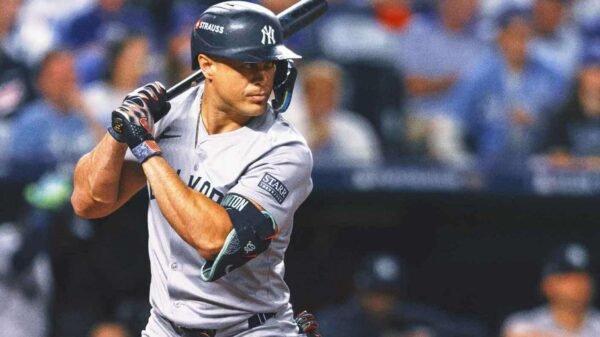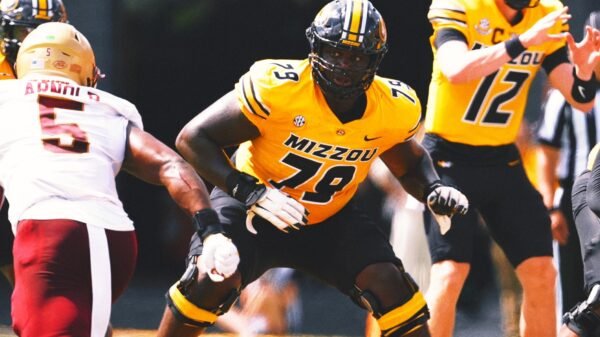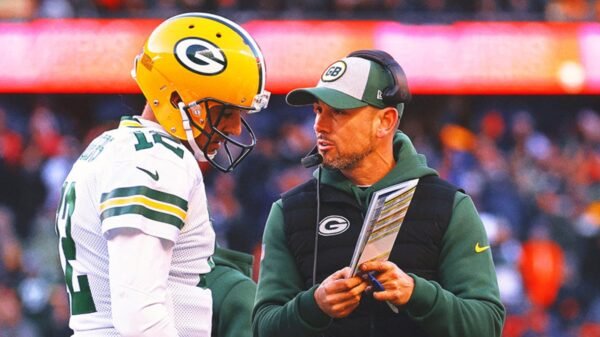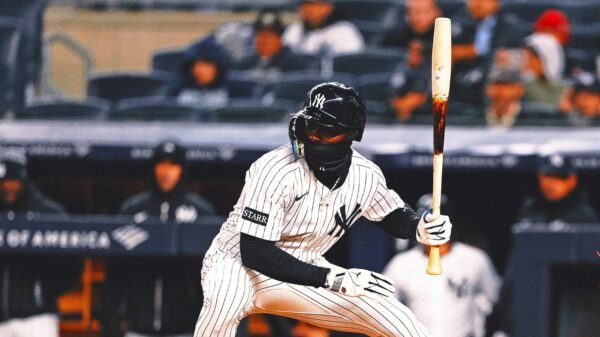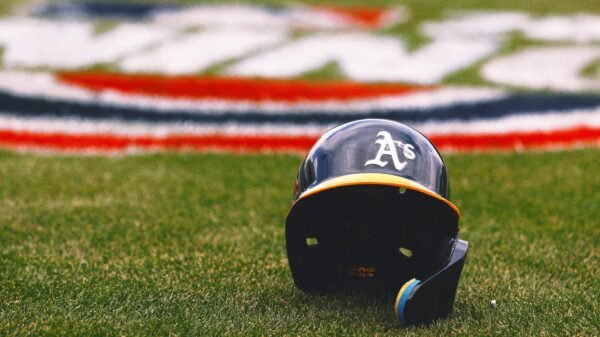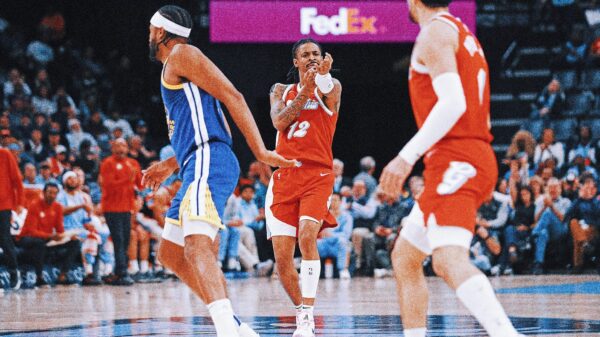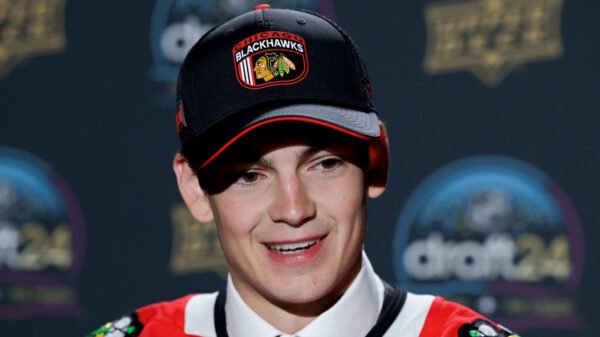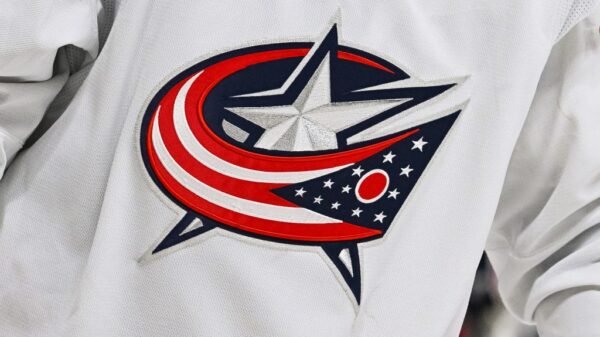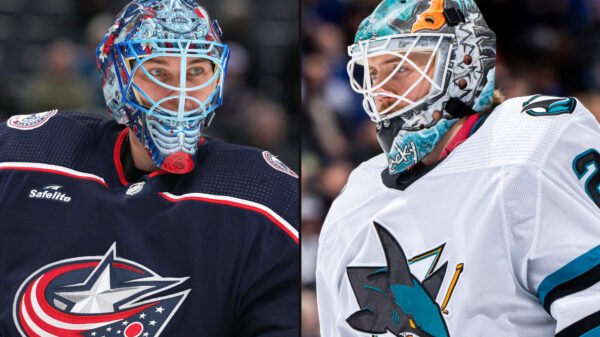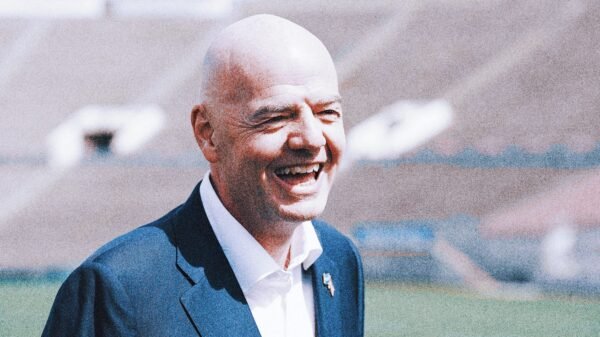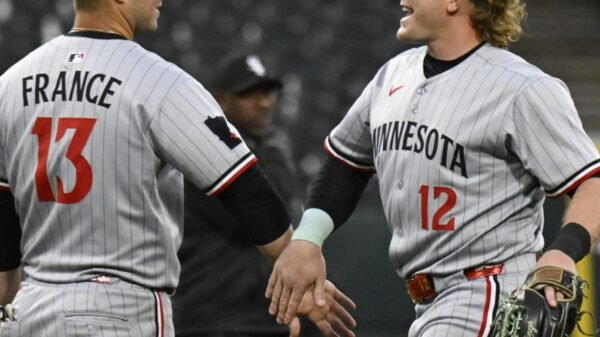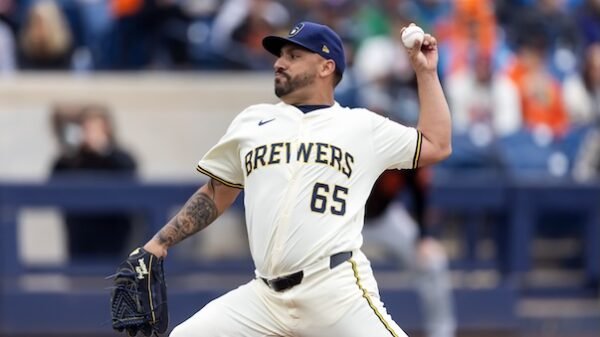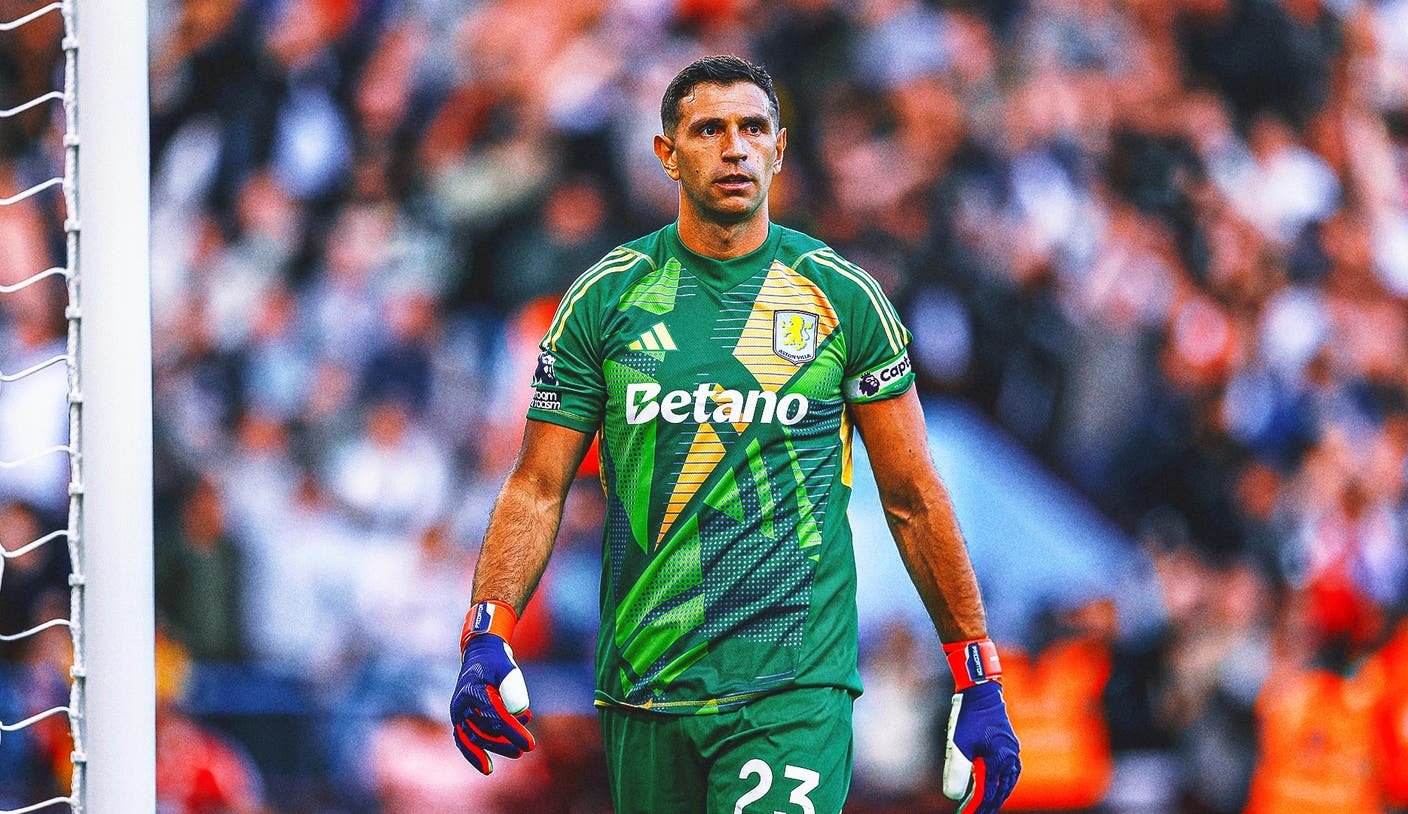FIFA aims for a perfect pitch at the 2026 World Cup, following the Copa América’s field issues. This upcoming tournament will see a significant expansion, featuring 48 teams across 16 cities in the diverse climates of the United States, Mexico, and Canada.
To achieve this, FIFA has enlisted turf specialists from the University of Tennessee and Michigan State University to create optimal playing surfaces. Their collaboration focuses on developing grass varieties that can withstand varying weather conditions and heavy usage.
With the tournament set to kick off in under two years, the organization is determined to avoid the controversies surrounding field quality that marred the recent Copa América. In that tournament, players and coaches voiced strong concerns over the playing surfaces.
Argentina’s Emiliano Martínez described the grass at Mercedes-Benz Stadium as a “disaster” after their win against Canada, highlighting the widespread dissatisfaction among participants.
John Sorochan, a turfgrass science professor at Tennessee, emphasized FIFA’s commitment to avoiding similar failures. “They can’t afford any setbacks,” he noted, stressing the importance of thorough research and preparation.
Some venues for the World Cup will feature roofs, similar to those used in Copa América, which adds another layer of complexity to turf management.
Sorochan and his colleague Trey Rogers have faced similar challenges before, having worked on turf solutions during the 1994 World Cup in the U.S. Their experience is invaluable as they prepare for the upcoming event.
Alan Ferguson, FIFA26’s director of infrastructure, praised the partnership between the two universities. “Both institutions have established reputations in turf science, so collaborating was a logical choice,” he said.
As climate change presents new challenges, the turf experts are evaluating various grass types that can thrive in different environmental conditions from Mexico to Canada.
While no new grass varieties have been specifically bred for the World Cup, advancements over the last two decades have produced grasses that are more resilient to heat, drought, disease, and wear.
The University of Tennessee has constructed a shade house to mimic indoor stadium conditions, while Michigan State is experimenting with turf grown on plastic to assess its performance on stadium surfaces.
Rogers and his team are rigorously testing how natural grass reacts to ball impacts and cleat pressure, to ensure a consistent playing experience.
Reflecting on the Copa América, Martínez remarked that the ball behaved erratically, bouncing off the field like a springboard. This feedback underscores the need for meticulous surface preparation.
Rogers aims for the 2026 World Cup to be remembered for the quality of play, not the playing surface. “If nobody mentions the field,” he stated, “we know we’ve done our job.”





